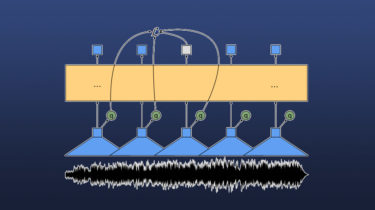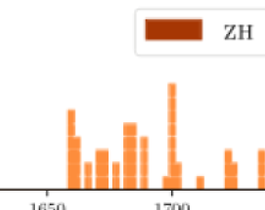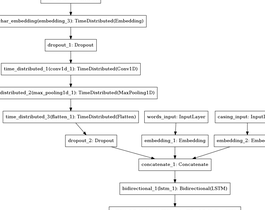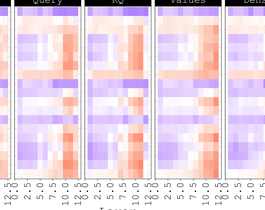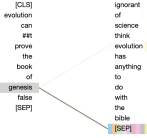Issue #117 – Subword Segmentation and a Single Bridge Language Affect Zero-Shot Neural Machine Translation
11 Feb21 Issue #117 – Subword Segmentation and a Single Bridge Language Affect Zero-Shot Neural Machine Translation Author: Dr. Jingyi Han, Machine Translation Scientist @ Iconic Introduction Nowadays, zero-shot machine translation is receiving more and more attention due to the expensive cost of building new engines for different language directions. The underlying principle of this strategy is to build a single model that can learn to translate between different language pairs without involving direct training for such combinations. Following the […]
Read more
